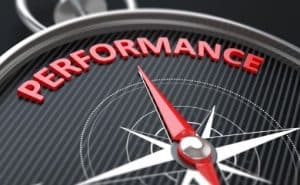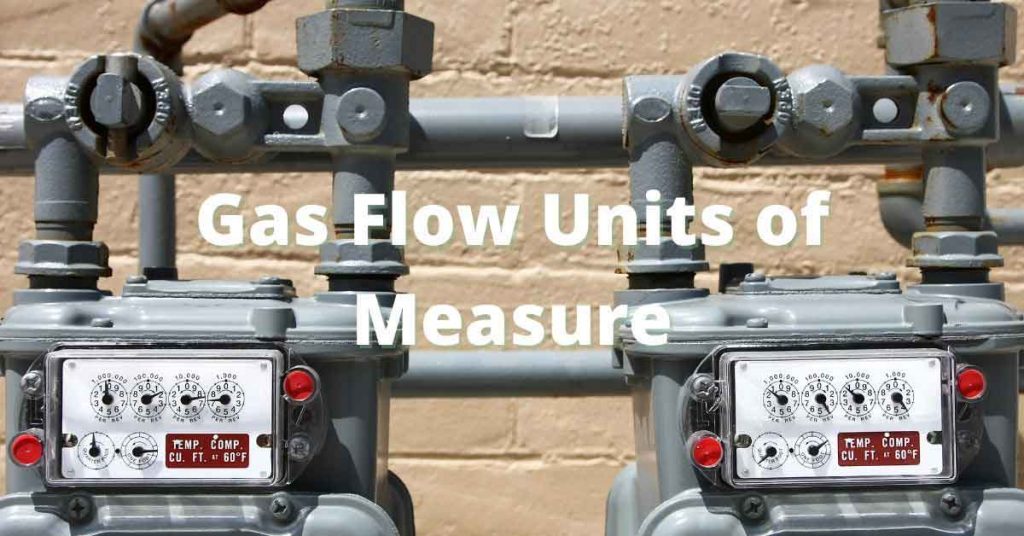In earlier posts, we considered gas meter types and the difference between volumetric and mass flow rates. This post discusses the gas mass flow rate units of measure.
Gas Mass Flow Measurement
Flow measurement is the measure of bulk fluid movement and is determined through:
-
- Positive displacement meters collect a fixed fluid volume, release and refill the fluid, then tally the times the chamber is filled to quantify flow.
- Flow measurement devices rely on the flowing stream’s strength, as it prevails over a known constriction and indirectly calculates flow.
- The velocity of a fluid over a known area may also determine the flow.
Units of Measure

One can express gas and liquid flow in volumetric or mass flow rates, and the quantities can be converted between one another if the substance’s density is known. The density of a liquid is primarily independent of the liquid circumstances. In contrast, for gas, the density is contingent on pressure, temperature, and to a lesser degree, the gas composition.
When gases or liquids are transported for sale, the flow rate is often conveyed as BTU/day or GJ/hour. The energy flow rate equals:
Volume flow rate X energy content/unit volume
Or
Mass flow rate X the energy content/unit mass
While flow meters calculate the volumetric or mass flow rate, a flow computer determines the energy flow rate.
In engineering contexts, the volumetric flow rate is usually given the symbol 
.
Flow Rate
Gases are compressible and change volume when:
-
- Under pressure
- Heated
- Cooled
In other words, a volume of gas at established pressure and temperature conditions does not equal the same gas under different pressure or temperature conditions. Because of this, meter flow rates are called “actual” and “standard” or “base” flow rates with units such as:
-
- ACM/h (actual cubic meters/hour)
- KSCM/h (kilo standard cubic meters/hour)
- LFM (linear feet/minute)
- MSCFD (million standard cubic feet/day)
Gas mass flow rate can be directly measured, independent of pressure and temperature effects, with thermal mass flow meters, Coriolis mass flow meters, or mass flow controllers.
This video may interest you for a review of mass, volume, and density.


